
Polkadot price

Disclaimer
OKX does not provide investment or asset recommendations. You should carefully consider whether trading or holding digital assets is suitable for you in light of your financial condition. Please consult your legal/tax/investment professional for questions about your specific circumstances. For further details, please refer to our Terms of Use and Risk Warning. By using the third-party website ("TPW"), you accept that any use of the TPW will be subject to and governed by the terms of the TPW. Unless expressly stated in writing, OKX and its affiliates (“OKX”) are not in any way associated with the owner or operator of the TPW. You agree that OKX is not responsible or liable for any loss, damage and any other consequences arising from your use of the TPW. Please be aware that using a TPW may result in a loss or diminution of your assets. Product may not be available in all jurisdictions.
Polkadot market info
Market cap = Circulating supply × Last price

Polkadot Feed



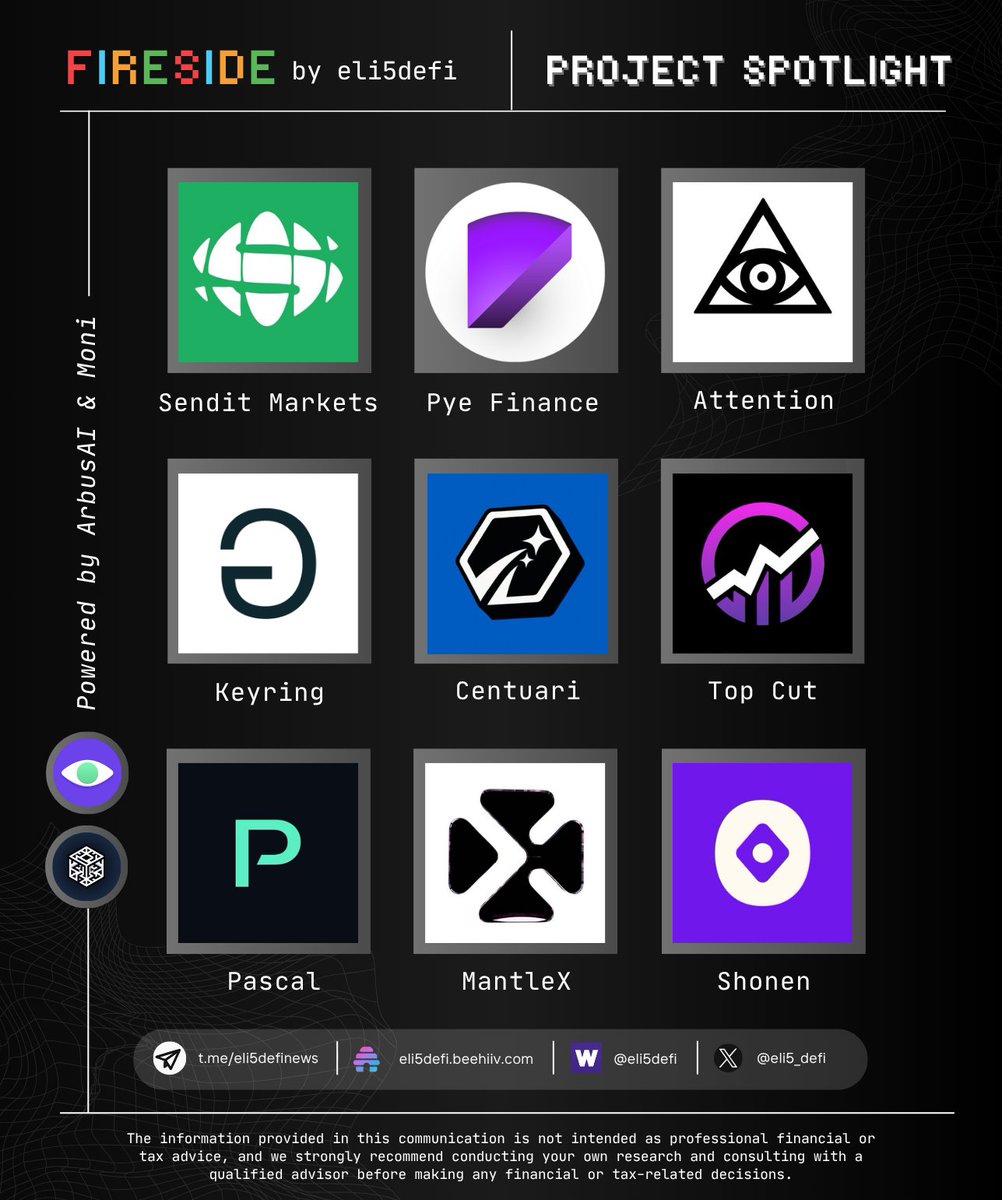

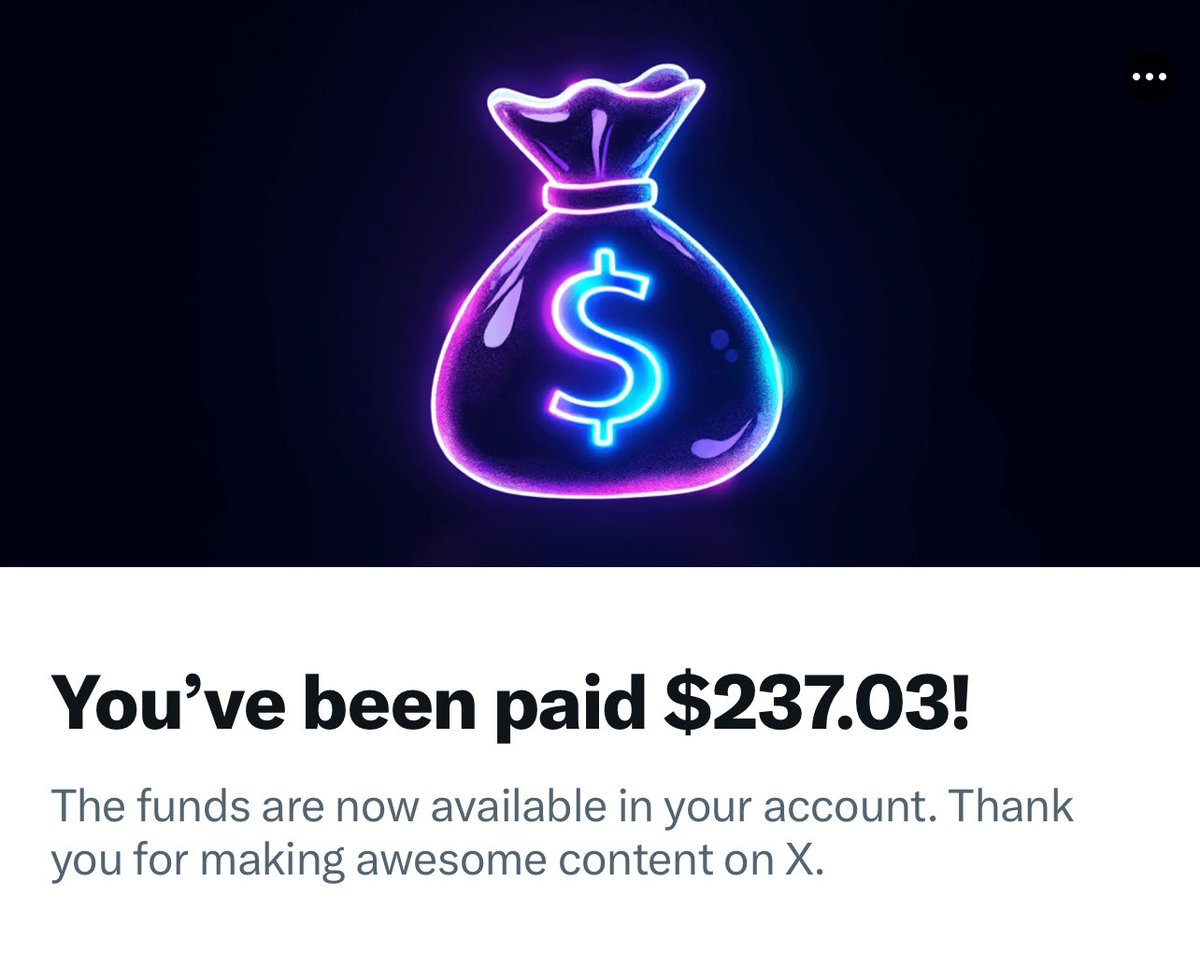

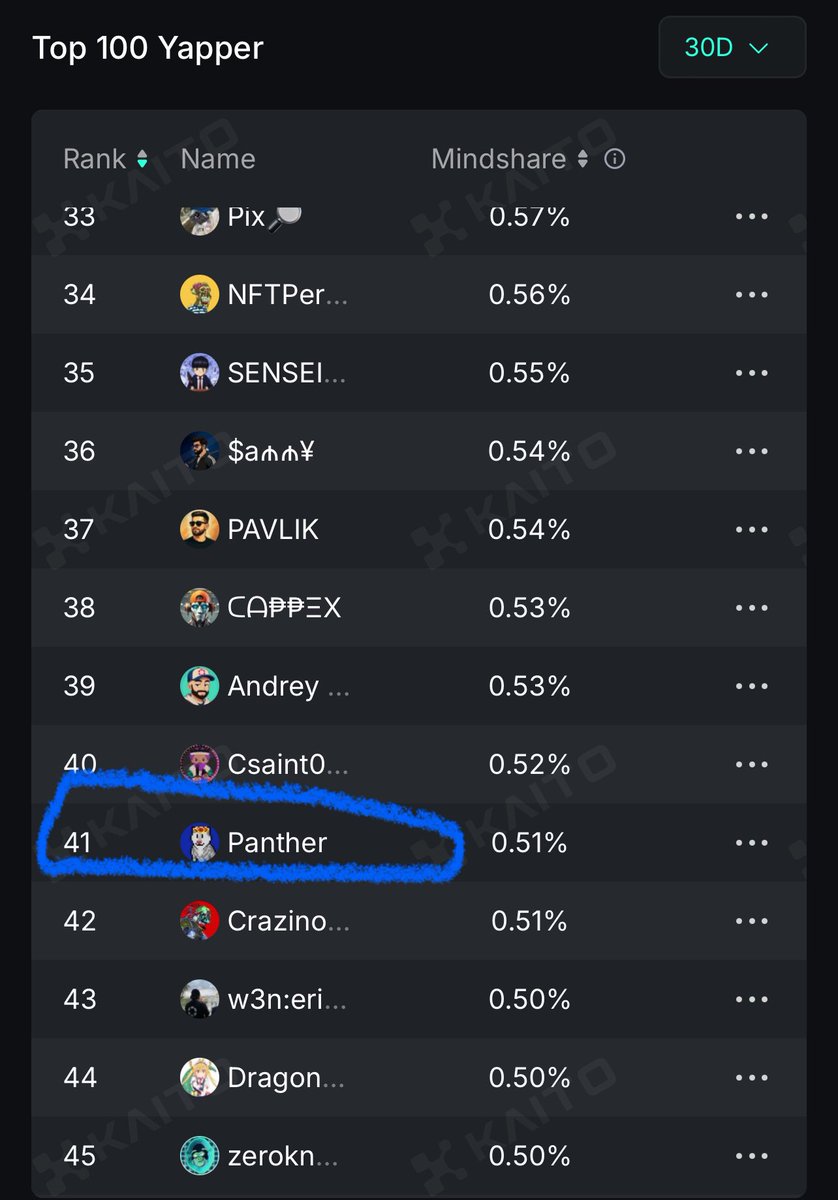
Convert USD to DOT


Polkadot price performance in USD
Popular Polkadot conversions
| 1 DOT to USD | $3.3350 |
| 1 DOT to EUR | €2.8314 |
| 1 DOT to PHP | ₱188.26 |
| 1 DOT to IDR | Rp 54,025.60 |
| 1 DOT to GBP | £2.4446 |
| 1 DOT to CAD | $4.5356 |
| 1 DOT to AED | AED 12.2395 |
| 1 DOT to VND | ₫86,690.93 |
About Polkadot (DOT)
- Official website
- White Paper
- Github
- Block explorer
Latest news about Polkadot (DOT)



Polkadot FAQ
Polkadot was launched with an initial supply of 10 million. However, after the redenomination, the token balance increased by 100, turning the initial supply to 1 billion. That said, as an inflationary token, the supply of Polkadot is not capped. As of September 2022, over 1.2 billion DOT tokens were in circulation.
Easily buy DOT tokens on the OKX cryptocurrency platform. Available trading pairs in the OKX spot trading terminal include DOT/USDT, DOT/USDC and DOT/BTC.
You can also buy DOT with over 99 fiat currencies by selecting the "Express buy" option. Other popular crypto tokens, such as Bitcoin (BTC), Tether (USDT), and USD Coin (USDC), are also available.
Alternatively, you can swap your existing cryptocurrencies, including XRP (XRP), Cardano (ADA), Solana (SOL), and Chainlink (LINK), for DOT with zero fees and no price slippage by using OKX Convert.
To view the estimated real-time conversion prices between fiat currencies, such as the USD, EUR, GBP, and others, into DOT, visit the OKX Crypto Converter Calculator. OKX's high-liquidity crypto exchange ensures the best prices for your crypto purchases.
OKX offers multiple ways to seek support. Our self-service support center addresses commonly asked questions about buying, selling, and trading digital assets. We also have a thriving global community, which can be reached through various channels, including Telegram, Reddit, Facebook, Line, Weibo and Twitter.
Monitor crypto prices on an exchange
ESG Disclosure
Convert USD to DOT





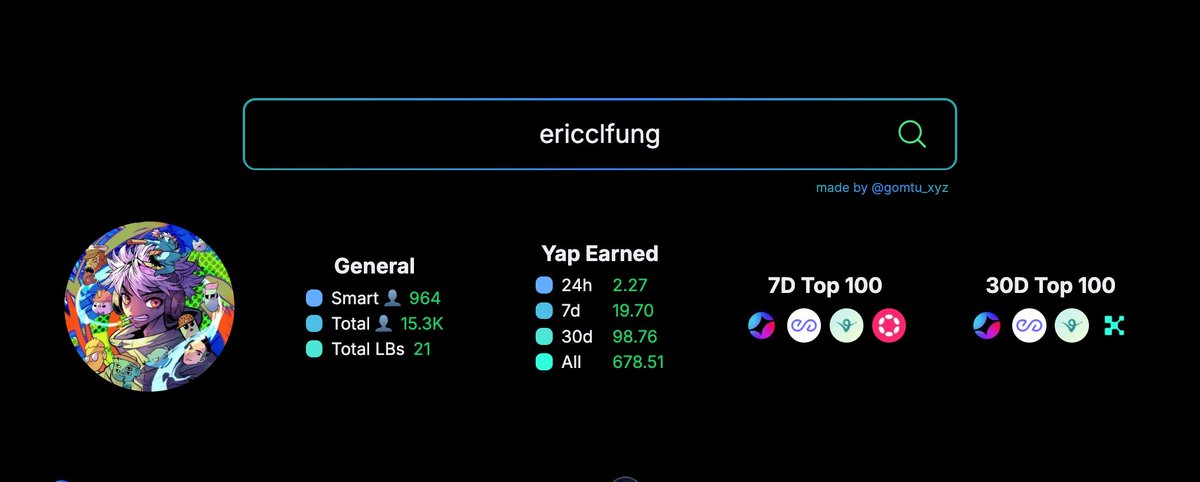
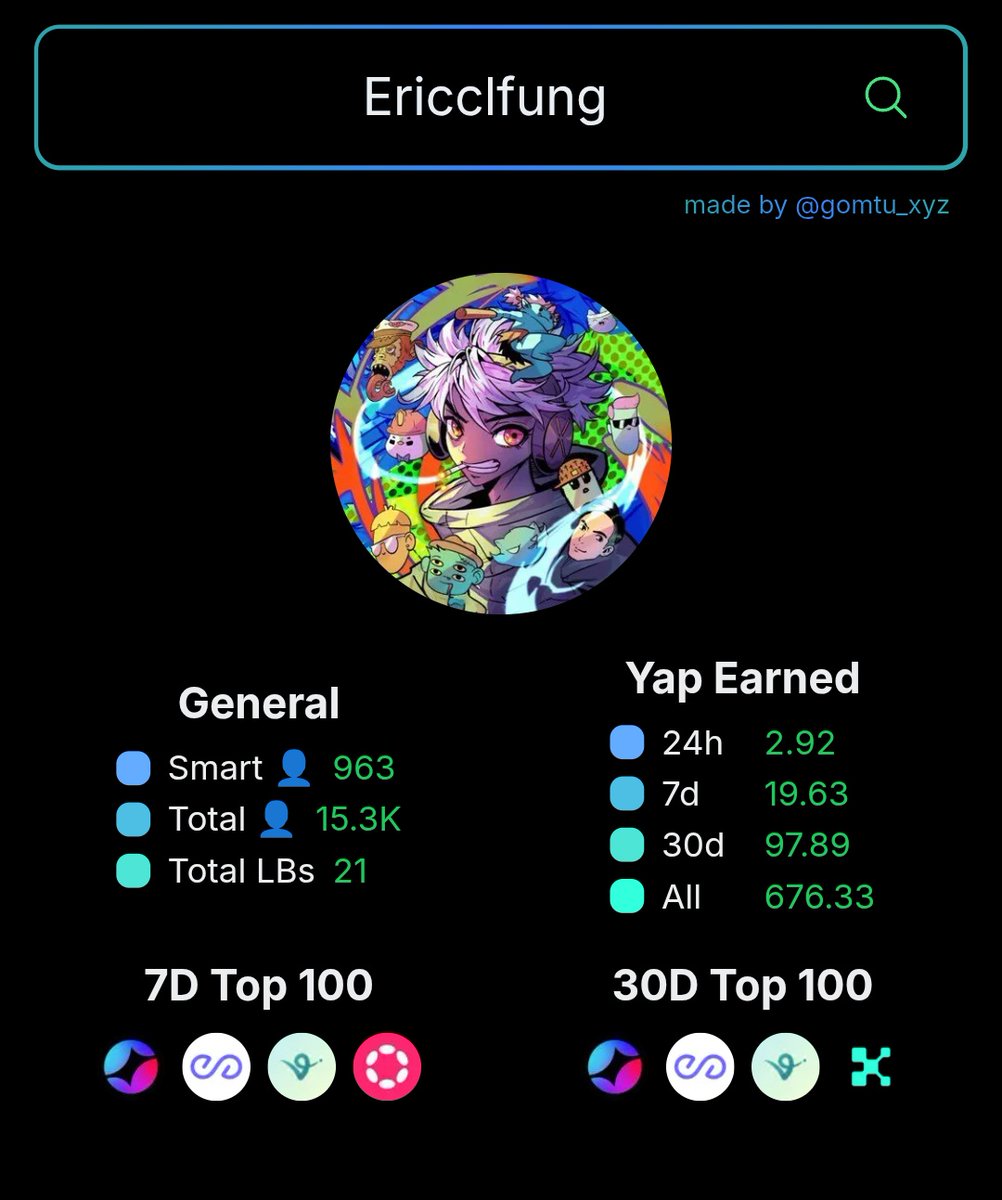











Socials